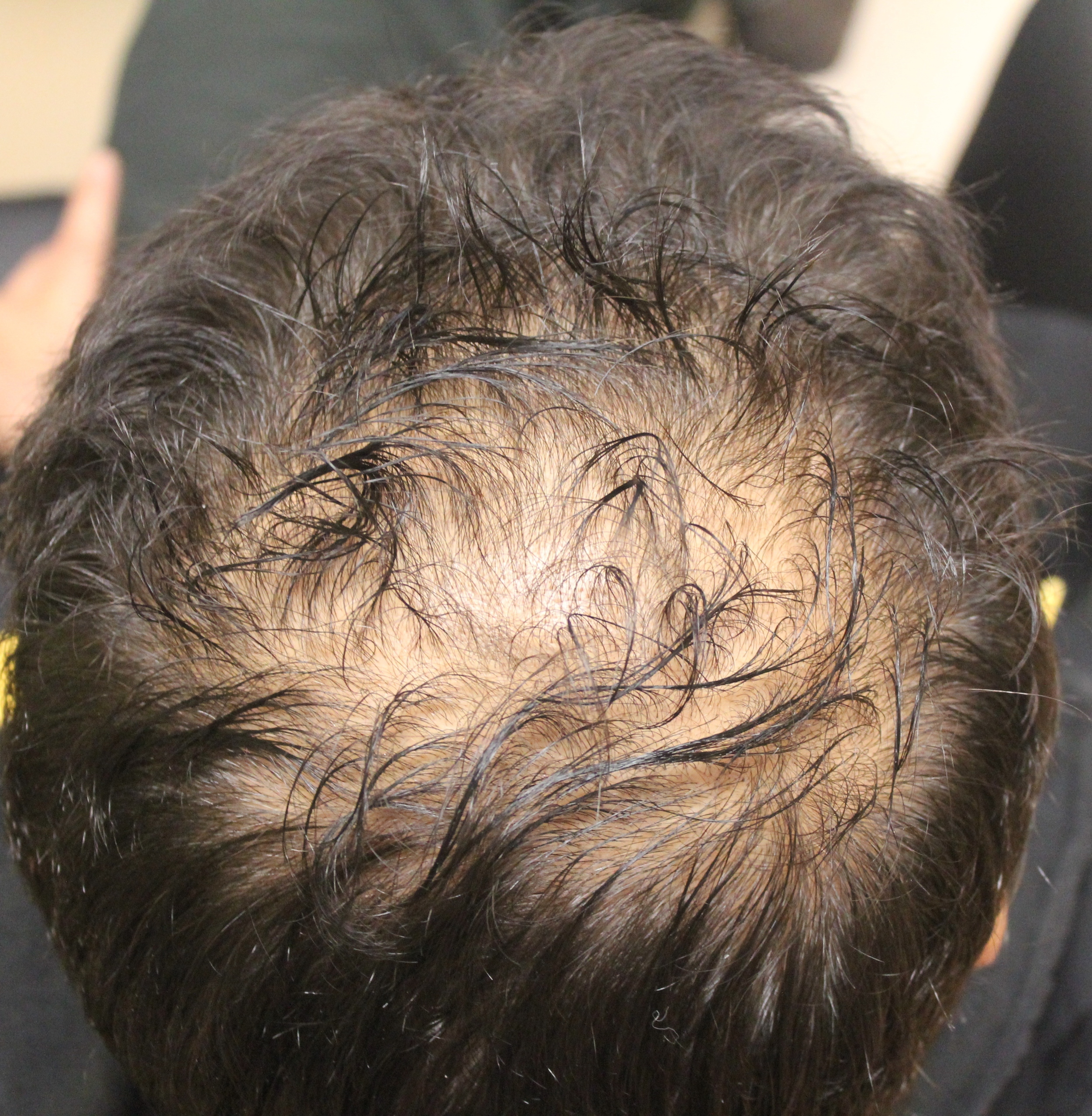Heart disease is one of the leading causes of death in Canada and the United States. In fact, about one out of every three deaths is due to heart disease and stroke. February is designated heart health month - a great time for us all to think about risk factors for heart disease and all the things we candue to reduce our risk of heart disease. It’s also a great time to discuss the relationship between male and female balding and heart disease.
About 50 % of men and 30 % of women will develop genetic balding by age 50. The medical term for genetic balding is “androgenetic alopecia”. In men, androgenetic alopecia causes hair loss in the front, temples and the crown and may even involve the entire frontal scalp. In women, androgenetic hair loss causes hair loss in the centre of the scalp.
Is there a link between balding and heart disease?
The answer is yes. Several large research studies have confirmed an association between androgenetic hair loss and heart disease. It seems that men who develop early balding have a higher risk to develop coronary artery disease. This may be especially true in younger men who develop rapid balding. New research is showing that the same relationship is true for women.
This doesn’t mean that hair loss causes heart disease or heart disease causes hair loss. Rather it tells us that the two are linked somehow through a similar process: men and women who develop early hair thinning also tend to have a higher chance to get heart disease.
Why is this information important?
The research is important for a number of reasons. If you are young and have androgenetic alopecia, do what you can to minimize your risk factors for heart disease.
If you are young and have androgenetic alopecia, do what you can to minimize your risk factors for heart disease. Eat well, excercise, get your blood pressure checked to make sure you don't have high blood pressure (hypertension). Ask your physician about checking cholesterol and blood sugar levels. If you smoke, get help to stop.
I often encourage young men and women with early balding to get tested for all the heart disease risk factors. This involves getting a blood pressure measurement, checking cholesterol and fat levels, checking for diabetes or pre-diabetes and making sure that these individuals are getting enough exercise. Although I encourage all smokers to stop smoking (as smoking negatively impacts hair), I advise those with early balding to quit smoking and smoking is a top risk factor for heart disease.
Happy Heart Month!
References
Lotufo, PA Chae CU, Ajani UA, Hennekens CH, et al. Male pattern baldness and coronary heart disease: the Physicians Health Study. Arch Intern Med 2000; 160 (2): 165 - 71.
Lesko SM, Rosenberg L, Shapiro S. A case-control study of baldness in relation to myocardial infarction in men. J Am Med Assoc 1993; 269: 998 - 1003.
Trevisan M, Farinaro E , Krogh V, et al. Baldness and coronary heart disease risk factors. J Clin Epidemiol 1993; 46 (10): 1213-8.
Cotton SG, Nixon JM, Carpenter RG, et al. Factors discriminating men with coronary heart disease from healthy controls. Br Heart J 1972; 34: 458-64.
Ford ES, Freedman DS, Byers T. Baldness and ischemic heart disease in a national sample of men. Am J Epidemiol 1996; 143 (7): 651 - 7.
Herrera CR, DAgostino RB, Gerstman BB,et al. Baldness and coronary heart disease rates in men from the Framingham Study. AM J Epidemiol 1995; 142(8): 828 - 33.
Persson B, Johansson BW. The Kockum study: twenty two - year follow - up coronary heart disease in a population in the south of Sweden. Acta Med Scand 1984; 216(5): 485-93.






